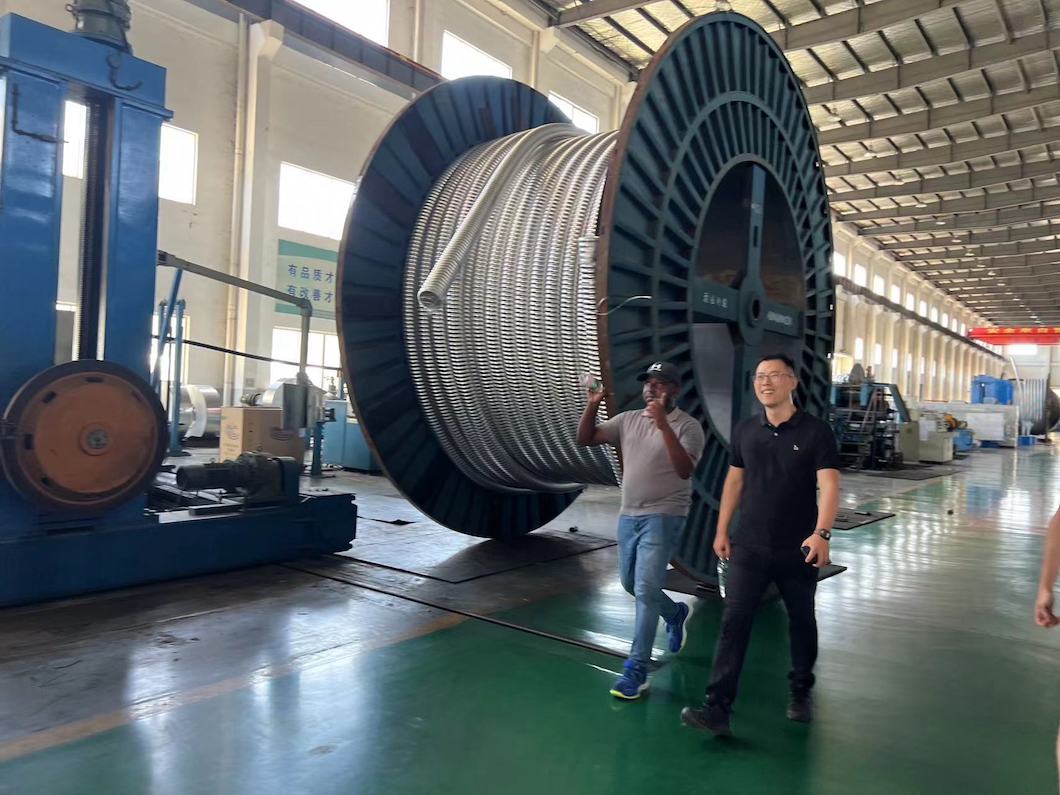| Catalog No. | Dimensions(mm) | Failure Load(KN) | ||||||||||
| C | M | H | H1 | H2 | A | B | ||||||
| U-16J | 30 | 24 | 195 | 75 | 87 | 60 | 60 | 160 | ||||
| U-20J | 30 | 27 | 230 | 75 | 110 | 60 | 60 | 200 | ||||
| U-40J | 44 | 42 | 323 | 125 | 120 | 70 | 108 | 400 | ||||
Here are some key points about shackles:
1.Size:
1)Shackle size depends on the lifting task requirements, including the load capacity, angle of pull, and type of connection (e.g., wire rope, chain, or synthetic sling).
2)The Working Load Limit (WLL) specifies the maximum load a shackle can safely handle. It's crucial to choose a shackle with an appropriate WLL for the intended application.
3)When calculating the WLL, consider factors like the shackle's design (D-shackle or bow shackle), material, and safety factor (typically 5:1 or higher).
4)The shackle's pin diameter and inside width also affect its capacity.
2.Safety Practices:
1)Inspect shackles regularly for signs of wear, deformation, or damage.
2)Ensure proper pin engagement and secure locking to prevent accidental release.
3)Avoid side-loading (applying force at an angle) as it reduces the shackle's strength.
4)Store shackles in a clean, dry place to prevent corrosion.






















